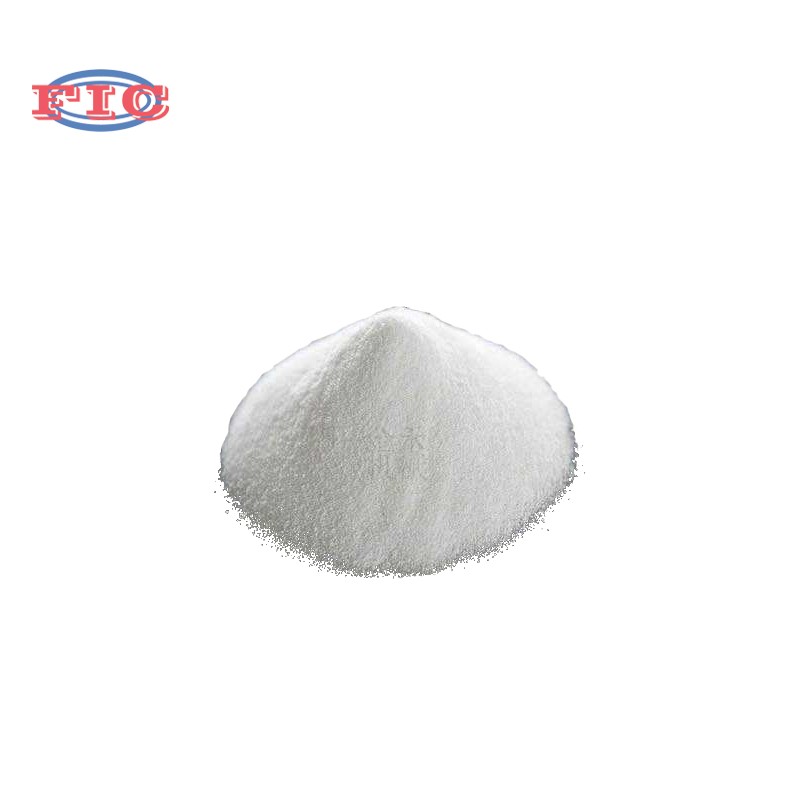
The Role and Difference of Ammonium Bicarbonate and Sodium Bicarbonate in Water Treatment
Water treatment is a crucial step in ensuring the safety and sustainable use of water resources. Ammonium bicarbonate (NH4HCO3) and sodium bicarbonate (NaHCO3) are two common chemical substances that play a key role in regulating water quality and removing pollutants as water treatment chemicals. Although they are similar in chemical structure, they have significant differences in their mechanisms of action and characteristics in water treatment. This article aims to explore the specific mechanisms of action, application scenarios, and the main differences between these two compounds in water treatment. Understanding their characteristics and mechanisms of action is essential for optimizing water treatment processes.

Mechanism of Action of Ammonium Bicarbonate in Water Treatment
Ammonium bicarbonate is mainly used as a flocculant in water treatment. Its aqueous solution is weakly alkaline, which can neutralize acidic substances in the water, thereby regulating the pH value of the water. In addition, ammonium bicarbonate decomposes into ammonia, water, and carbon dioxide when heated, a characteristic that gives it a certain disinfection effect in water treatment. However, the instability of ammonium bicarbonate also limits its application in some high-temperature water treatment processes.
Mechanism of Action of Sodium Bicarbonate in Water Treatment
Sodium bicarbonate, also known as baking soda, is a commonly used water treatment chemical. When dissolved in water, it forms bicarbonate ions, which have a pH buffering capacity and can effectively regulate the acidity or alkalinity of water. In wastewater treatment, sodium bicarbonate can neutralize acidic wastewater, reducing the corrosion and ecological damage caused by acidic substances to water bodies. Additionally, sodium bicarbonate can also act as a cleaning agent, helping to remove dirt and deposits from water systems.
Differences Between Ammonium Bicarbonate and Sodium Bicarbonate
1.Chemical Stability: Sodium bicarbonate is relatively stable and does not decompose easily, while ammonium bicarbonate is prone to decomposition under high temperatures, producing ammonia, water, and carbon dioxide.
2.pH Regulation Ability: Sodium bicarbonate has a stronger pH buffering capacity, while the pH regulation ability of ammonium bicarbonate is relatively weaker.
3.Environmental Impact: Ammonium bicarbonate may have certain environmental impacts, especially the ammonia produced by its decomposition in water bodies can be harmful to aquatic life. Sodium bicarbonate is relatively environmentally friendly, but its use should still be moderate to avoid excessive alkalization of water bodies.

Conclusão
Ammonium bicarbonate and sodium bicarbonate both play important roles in water treatment, but their characteristics and application scenarios differ. In practical applications, these two chemicals should be reasonably selected and used according to specific water treatment needs and environmental conditions. At the same time, attention should be paid to their safe use and storage to reduce potential risks to the environment and human health.
Our company is a professional manufacturer of ammonium bicarbonate and sodium bicarbonate, with numerous international quality system certifications such as GMP+ and ISO, ensuring that our products meet the highest standards of the global market. Our annual export volume reaches 1,000 tons, and our products have been exported to more than 30 countries and regions worldwide, earning the trust and praise of our customers.
Whether you are looking for efficient water treatment solutions or high-quality food ingredients, we can provide products that meet your needs. We sincerely invite customers from all over the world to consult and purchase. We promise to establish a long-term and stable cooperative relationship with you with the highest quality service and the most competitive prices. We look forward to cooperating with you to create a better future.












